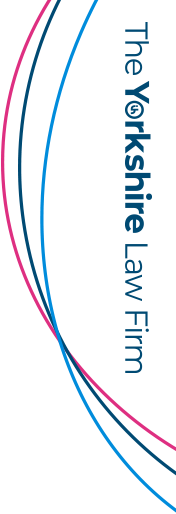On the 21st September 1986 Mrs P was admitted to Hospital following a suspected rupturing of membranes followed by the onset of contractions. Mr & Mrs P were eagerly awaiting the birth of their second child having given birth to a healthy baby girl two years previously.
Mrs P’s labour was slow to progress and she was commenced on Syntocinon to assist with the progression. Mrs P progressed to full dilatation very quickly and began pushing. Both Mr & Mrs P state that, a pupil midwife was the only person present assisting with the delivery of Baby J, they recall her struggling with the delivery, and sensed panic. Baby J was delivered limp and blue, at this point a second midwife entered the room and resuscitation was given by oral suction and facial oxygen to which he responded quickly. Baby J weighed 9lb 3oz at birth.
The following morning Baby J was found to have an Erb’s Palsy of his left arm. Mr & Mrs P were advised that with the aid of physiotherapy Baby J would make a full recovery and the damaged nerves would grow back. They would later discover that this was not correct.
Over the years that followed Mr & Mrs P carried out daily Physiotherapy on their son, took him to hydrotherapy sessions and weekly swimming sessions in the hope that the damage to his arm would repair itself. At the age of 7 a treating consultant expressed surprise at their ongoing concerns, in his opinion the fact that Master J had 65% movement in his arm was a vast improvement. They were still concerned because as far as they were aware Master J was would make a full recovery, however he was now experiencing difficulties with various activities such as using cutlery and he was becoming increasing self-conscious about his arm.
The family were not aware of the full extent of Master J’s injury until 2001 when they became involved with the Erb’s Palsy Group, it was at this time that they realised that Master J had sustained a major injury to the brachial plexus having sustained damage to the 5th and 6th Cervical nerves and he would more than likely have some limitation of his functional ability for the rest of his life. This is when they also became aware of surgical options, such as nerve grafts, shoulder release and tendon transfers and they sought out specialist assistance.
We became involved in 2001, when Mr P contacted us about transferring his file from another firm of Solicitors. Once we were involved we started to investigate the circumstances surrounding Master J’s birth.
Following consultations with a specialist surgeon Mr J underwent left subscapularis release (shoulder release) and Latissimus Dorsi Tendon transfer in 2003 at the age of 16. The operation led to an improvement in function following a lengthy recovery including 6 weeks in a cast, physiotherapy and exercise, however he remains to have problems with external rotation of the shoulder, causing difficulties with such activities as fastening buttons, using a fork and opening packets.
With the benefit of expert evidence we put forward a case to the Defendant Trust that damage caused to Mr J’s brachial plexus was caused as a result of applying excessive lateral traction to the neck and head during delivery and failing to employ the many techniques available to overcome shoulder dystocia and avoid damage to the brachial plexus. They failed to ensure that a pupil midwife was supervised continuously after syntocinon was administered and there was a failure to summon obstetric assistance once it became apparent that the shoulder was impacted.
The Defendant denied all allegations put forward, however following negotiations we were able to secure a settlement in the sum of £130,000.
With the benefit of the settlement Mr J will be able to purchase aids, equipment’s and technology that will assist him with personal care, and independence which will help to improve the quality of his life.
For help and advice regarding Erb’s Palsy, please contact our expert clinical negligence team.




